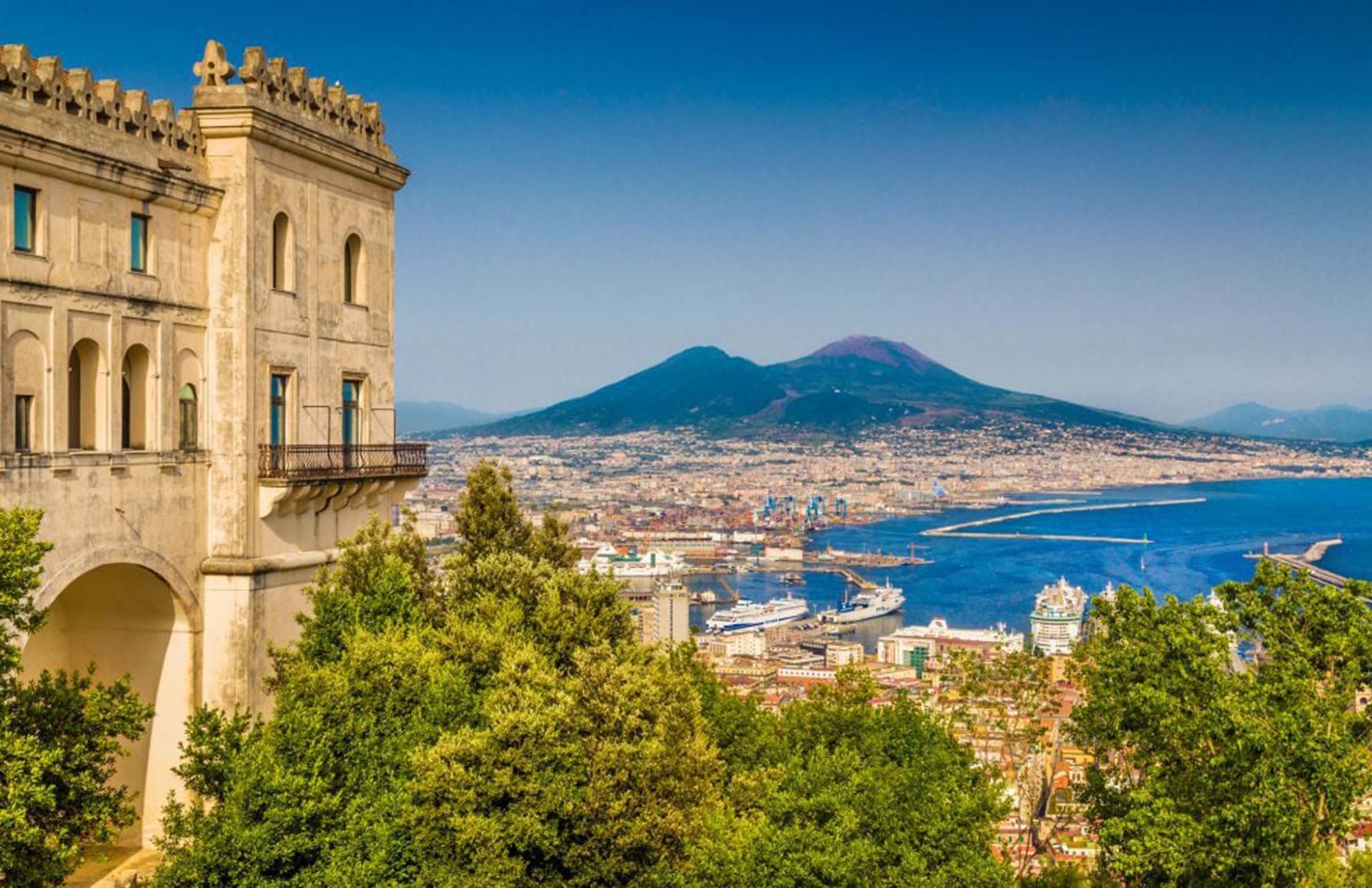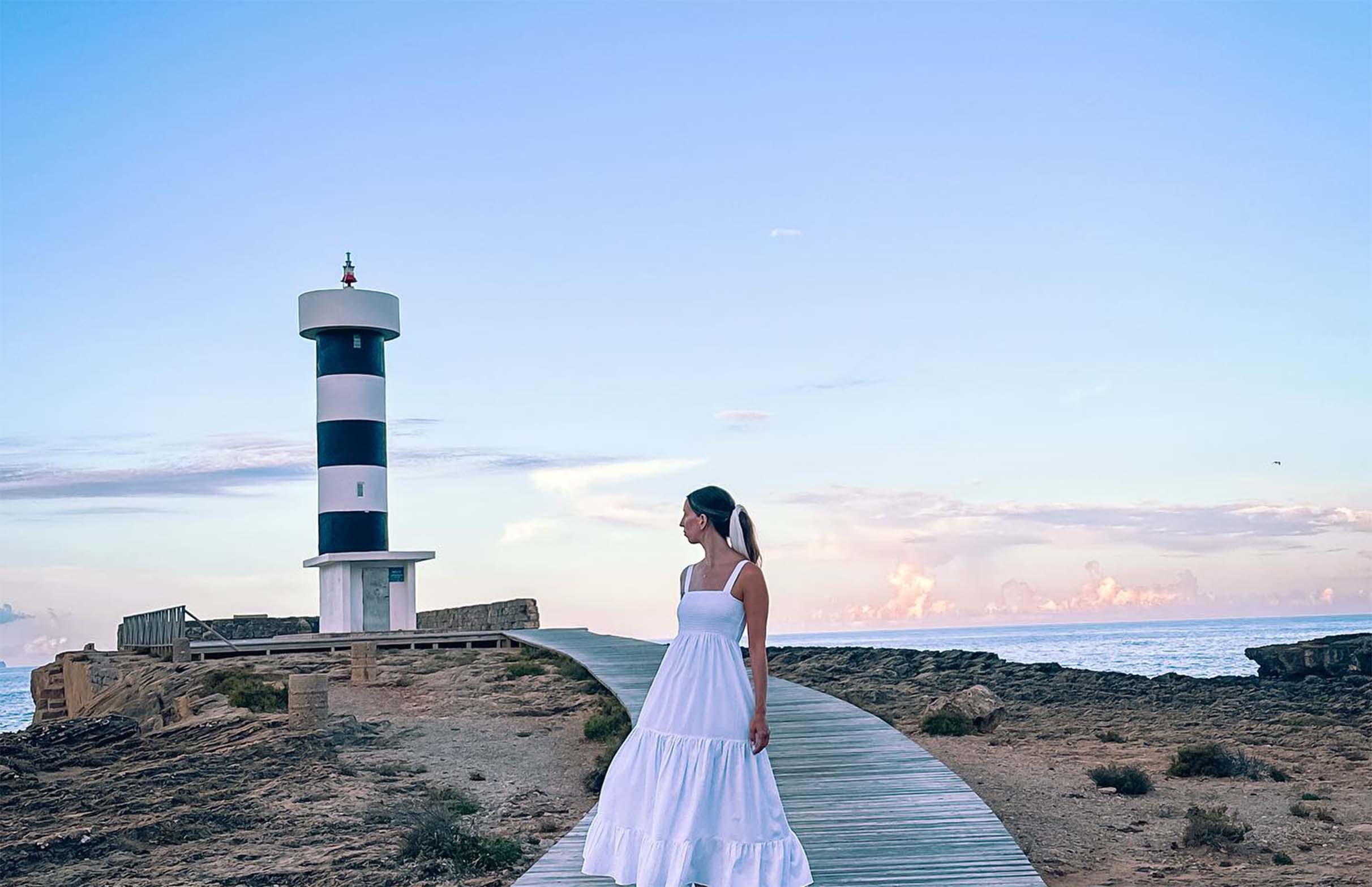Known for its rich history, vibrant culture, and iconic landmarks, this southern Italian city offers an unforgettable experience. From ancient ruins to breathtaking coastlines, Naples is a destination that captivates every sense. In this blog, I’ll walk you through some of the must-see sights in Naples, sharing my personal experiences and tips on how to make the most of your visit.
1. The Historic Center of Naples (Centro Storico)
Stepping into the Historic Center of Naples feels like walking back in time. The narrow, cobbled streets are lined with centuries-old buildings, churches, and piazzas, each with a story to tell. My first stop was Spaccanapoli, the long, straight street that cuts through the heart of the city. This bustling thoroughfare is teeming with life – street vendors selling local crafts, the smell of fresh pastries wafting through the air, and scooters zipping by in true Italian fashion.
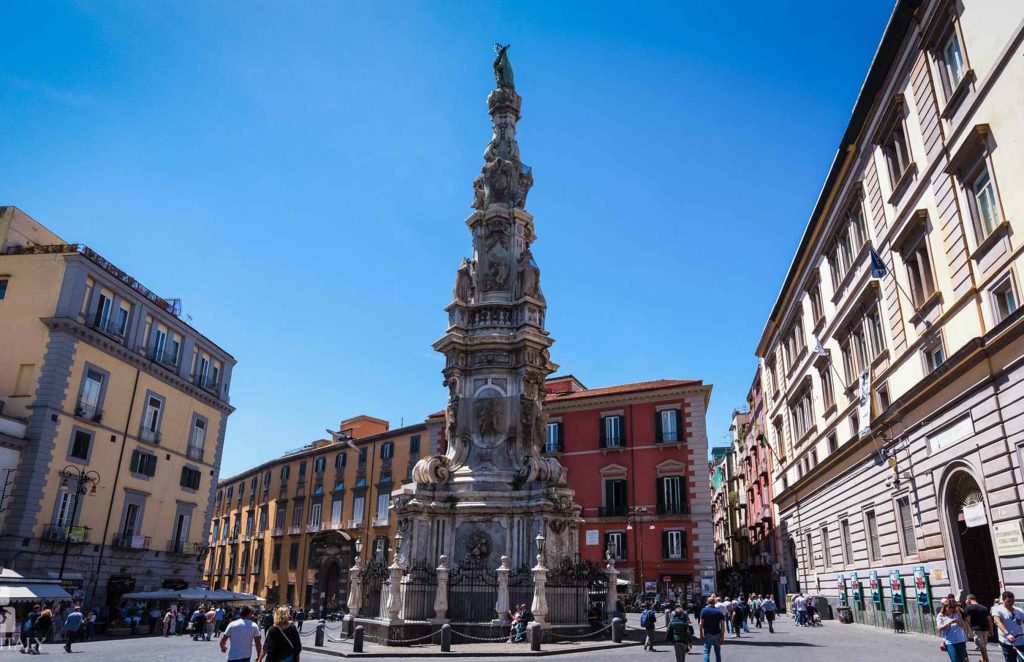
One of my favorite spots in the historic center was Naples Cathedral (Duomo di Napoli), a stunning Gothic structure dedicated to the city’s patron saint, San Gennaro. Inside, the intricate mosaics and frescoes are awe-inspiring, but what struck me most was the chapel of San Gennaro, where the blood of the saint is kept in a vial. Legend has it that the blood liquefies three times a year, and locals believe this miracle protects Naples from disasters.
Tip: Be sure to wear comfortable shoes when exploring the historic center, as the uneven cobblestones can be tricky to walk on for long periods.
2. Castel dell’Ovo
Situated along the waterfront, Castel dell’Ovo is Naples’ oldest standing fortress and one of its most picturesque landmarks. The name, which translates to “Castle of the Egg,” comes from a legend that the Roman poet Virgil placed a magical egg inside the foundation of the castle to ensure its stability.
Visiting Castel dell’Ovo was a serene experience. I wandered through its ancient halls, marveling at the views of the Gulf of Naples and Mount Vesuvius in the distance. The castle’s terrace offered panoramic views of the Bay of Naples, and I couldn’t resist taking a moment to soak it all in. This spot is perfect for photographers or anyone looking to capture the essence of Naples’ coastline.
The best part? Entry to Castel dell’Ovo is free, making it an ideal stop for budget-conscious travelers.
How to get there: Castel dell’Ovo is located on the seafront promenade, an easy walk from the city center. If you’re staying near Piazza del Plebiscito, it’s about a 15-minute walk.
3. The Naples National Archaeological Museum
As a lover of history, I knew I couldn’t visit Naples without stopping by the Naples National Archaeological Museum. Housing one of the most extensive collections of Roman artifacts, the museum is a treasure trove for anyone interested in ancient history. The moment I stepped inside, I was greeted by grand statues, mosaics, and relics from Pompeii and Herculaneum – cities that were destroyed by the eruption of Mount Vesuvius in AD 79.
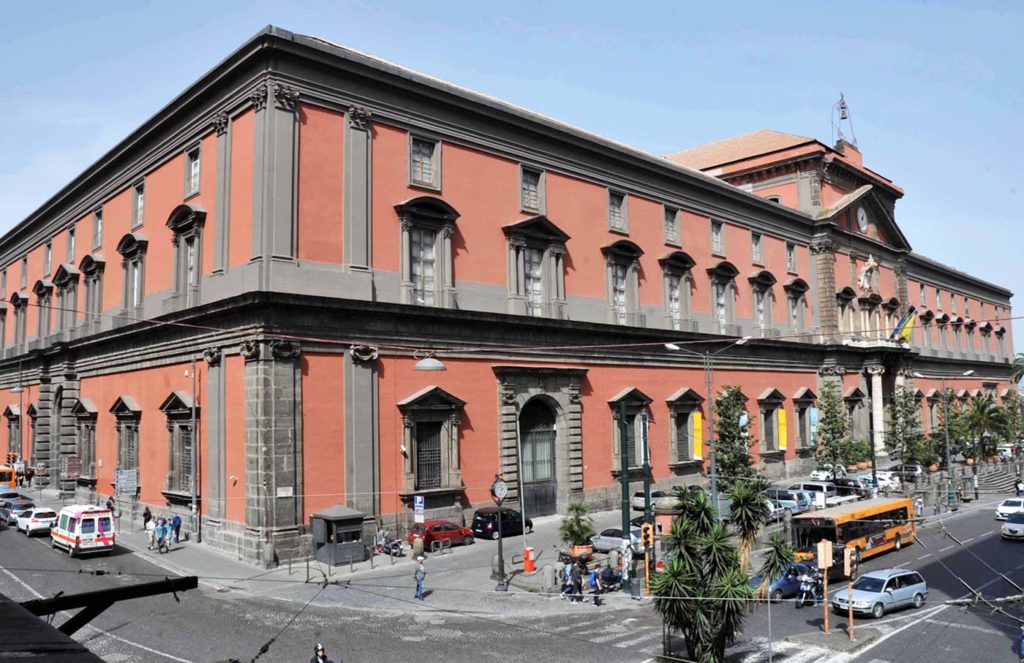
One exhibit that particularly stood out to me was the Farnese Collection, which includes the Farnese Hercules and Farnese Bull, two of the most impressive sculptures I’ve ever seen. The attention to detail and the sheer scale of these works of art left me speechless.
But the museum isn’t just about statues. The Secret Cabinet (Gabinetto Segreto) contains a collection of ancient erotic art from Pompeii, offering a fascinating glimpse into Roman culture and beliefs.
Tip: Plan to spend at least two to three hours at the museum to fully appreciate the exhibits. If you’re a history buff like me, you may want to allocate even more time.
4. Pompeii
No trip to Naples would be complete without a visit to the ancient city of Pompeii. Just a short train ride from the city, Pompeii is one of the most famous archaeological sites in the world. When I arrived, I was struck by the eerie feeling of walking through a city frozen in time. The streets, houses, and even some of the frescoes remain largely intact, offering a unique glimpse into life during the Roman Empire.
As I explored Pompeii, I was fascinated by the details – from the ruts in the cobblestone streets left by ancient carts to the elaborate frescoes that adorned the walls of the wealthy residents’ homes. One of the highlights was the Villa of the Mysteries, where I marveled at the vivid frescoes depicting a mysterious cult ritual.
Standing in the shadow of Mount Vesuvius, it’s impossible not to feel a sense of awe at the power of nature. The volcano looms large in the distance, serving as a reminder of the catastrophic eruption that buried Pompeii under ash and pumice nearly 2,000 years ago.
How to get there: You can take the Circumvesuviana train from Naples to Pompeii Scavi. The journey takes about 30 minutes, and the entrance to the archaeological site is just a short walk from the station.
5. Mount Vesuvius
Speaking of Vesuvius, hiking up this infamous volcano was one of the most thrilling experiences of my trip. I had always wanted to see an active volcano up close, and Vesuvius did not disappoint. The hike to the crater isn’t too strenuous, but it does require a moderate level of fitness. As I climbed higher, the views of the Bay of Naples grew more and more spectacular.
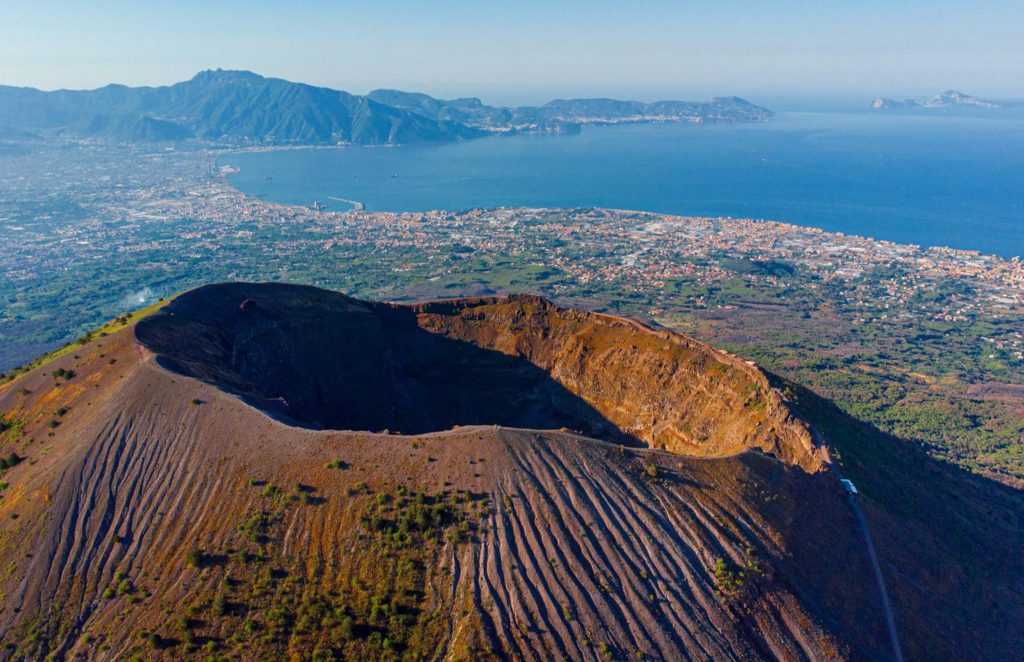
When I reached the summit, the sight of the crater was surreal. Steam still rises from the rocks, a reminder that Vesuvius is still an active volcano. Standing at the edge, I couldn’t help but think about the ancient residents of Pompeii and Herculaneum who had no idea what was coming.
Tip: Bring plenty of water and wear sturdy shoes, as the trail can be rocky. It’s also a good idea to bring a light jacket, as it can get windy at the top.
6. Street Food in Naples
Naples is a food lover’s paradise, and no visit would be complete without indulging in its famous street food. As the birthplace of pizza, it’s no surprise that the city offers some of the best pizza in the world. I couldn’t resist trying a slice of pizza margherita from one of the local pizzerias, and it was every bit as delicious as I had hoped. The simplicity of the ingredients – fresh tomato sauce, mozzarella, and basil – was perfection.
But pizza is just the beginning. Naples’ street food scene is full of surprises. One of my favorite discoveries was sfogliatella, a shell-shaped pastry filled with ricotta cheese and flavored with citrus. It was the perfect sweet treat to start my day.
I also tried arancini, fried rice balls stuffed with meat, cheese, or vegetables. They’re crispy on the outside and soft on the inside – a perfect snack to enjoy while exploring the city.
Street Food Safety Tip: While the street food in Naples is generally safe, it’s always a good idea to eat at stalls that are popular with locals. If there’s a long line, it’s usually a sign that the food is fresh and delicious.
7. Planning Your Trip
When it comes to planning a trip to Naples, I found that flexibility was key. The city has so much to offer, from ancient ruins to modern shopping districts, so it’s important to build an itinerary that allows for spontaneity. I recommend starting with a list of must-see sights, like the ones I’ve mentioned above, but also leaving some room for wandering the streets and discovering the city’s hidden corners.
8. Budget Adjustments
Naples is one of Italy’s more affordable cities, but it’s still wise to budget accordingly. I found that most of my expenses went towards food and admission fees to attractions like Pompeii and the National Archaeological Museum. However, many of Naples’ best experiences, like walking through the historic center or visiting Castel dell’Ovo, are free or inexpensive.
9. Travel Insurance
Before embarking on any trip, I always make sure to get travel insurance. It provides peace of mind in case of emergencies, lost luggage, or unexpected changes to my itinerary. For Naples, I recommend a comprehensive policy that covers health, flight cancellations, and any potential disruptions.
Naples is a city that has it all – history, culture, food, and adventure. Whether you’re wandering through ancient ruins or enjoying a slice of pizza in a bustling piazza, there’s something about Naples that stays with you long after you’ve left.
